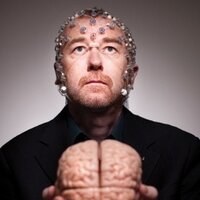
Prof. Adrian M. Owen OBE, FRS
@comadork
British/Canadian Neuroscientist. Two times cancer survivor. Bucket list ticker-offer. Proud atheist. Author of Sunday Times Best-seller ‘Into The Gray Zone'
ID: 265179248
http://adrianowen.org 13-03-2011 04:14:29
4,4K Tweet
6,6K Followers
219 Following
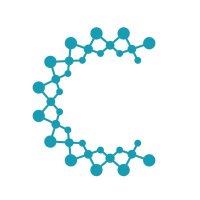
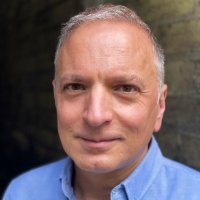
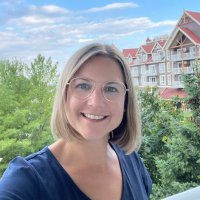
Dr. Manuela Miranda I love everything about this photo. Congrats on another successful lab bootcamp. Lots of smiling faces excited about research and their upcoming rotations.

A new paper from researchers, including CIFAR's Prof. Adrian M. Owen OBE, FRS, describes new neuroimaging developments that can reveal brain-injured patients' thoughts. Learn more about this breakthrough, which can be used to predict survival rates of ICU patients: medicalxpress.com/news/2024-07-n…
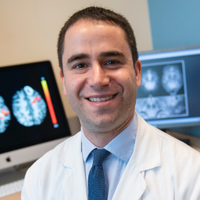
Congratulations Karnig Kazazian on this review in The Lancet Neurology Detecting awareness after acute brain injury thelancet.com/journals/laneu…

Unresponsive Brain-Damaged Patients May Have Some Awareness. Many patients thought to be in vegetative or minimally conscious states may be capable of thought, new large study finds. Nice piece by Carl Zimmer on work by colleagues Nico Schiff & Prof. Adrian M. Owen OBE, FRS nytimes.com/2024/08/14/hea…

Thank you André Picard. It’s been an incredible 18 year journey from first discovering that this was even possible (a patient presumed to be vegetative turns out to be conscious), to where we are now - knowing that approx 20% of such patients are in this situation.
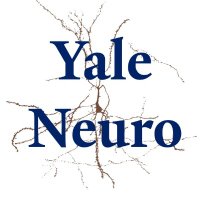
📢 Faculty job 📢 We Yale Neuroscience are hiring tenure-track faculty members! We seek candidates in #neuroscience at large who will join a richly collaborative community that strives to foster an inclusive research environment. Deadline Oct. 15. Please share! apply.interfolio.com/150930


NEW #Webinar! Future-Proof or Fall Behind: Dementia Detection for CMS V28 HCC Guidelines September 26 In partnership with with Creyos (formerly Cambridge Brain Sciences) Register here: risehealth.org/events/future-…


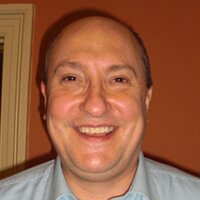
One-quarter of unresponsive people with brain injuries are conscious nature.com/articles/d4158… Background, with pioneer Prof. Adrian M. Owen OBE, FRS gizmodo.com/mind-readers-t…

Want to know how you can use functional near-infrared spectroscopy to detect consciousness? Let us show you (no paywall). Karnig Kazazian Matthew Kolisnyk Derek Debicki Loretta Norton Sergio Novi pnas.org/doi/10.1073/pn…
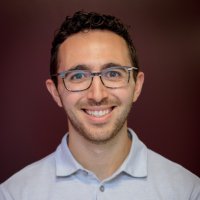

Researchers at Lawson and Western University are using a new brain imaging technique to detect if patients who are unresponsive following a severe brain injury are actually aware of their surroundings: lawsonresearch.ca/news/scientist… London Health Sciences Centre



A new device used to detect wakefulness in coma patients with severe brain injuries could substantially change the future of care and open new possibilities for recovery, says a group of London researchers at Lawson Health Research Institute lfpress.com/news/local-new…… via @lfpress #ldnont

London, Ontario researchers develop tool to detect consciousness in the ICU. Go team! Karnig Kazazian Derek Debicki Loretta Norton Matthew Kolisnyk Rickson Mesquita Sergio Novi Western University london.ctvnews.ca/local-research…


